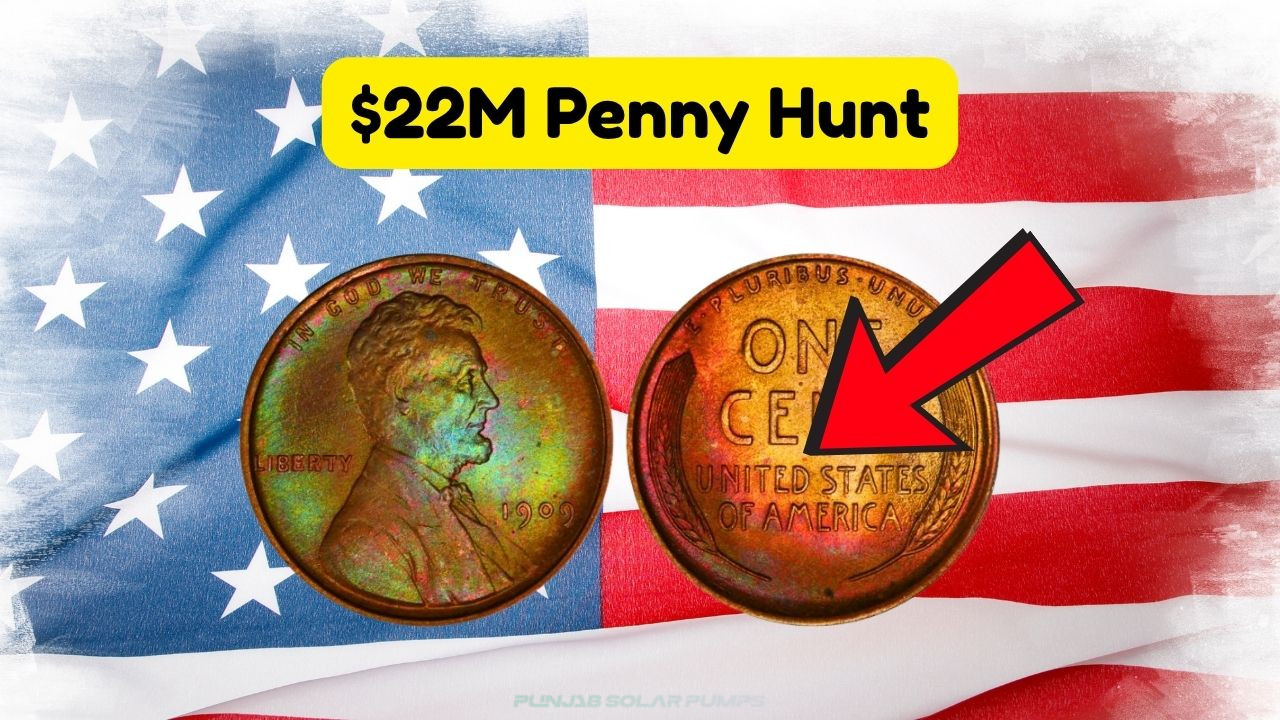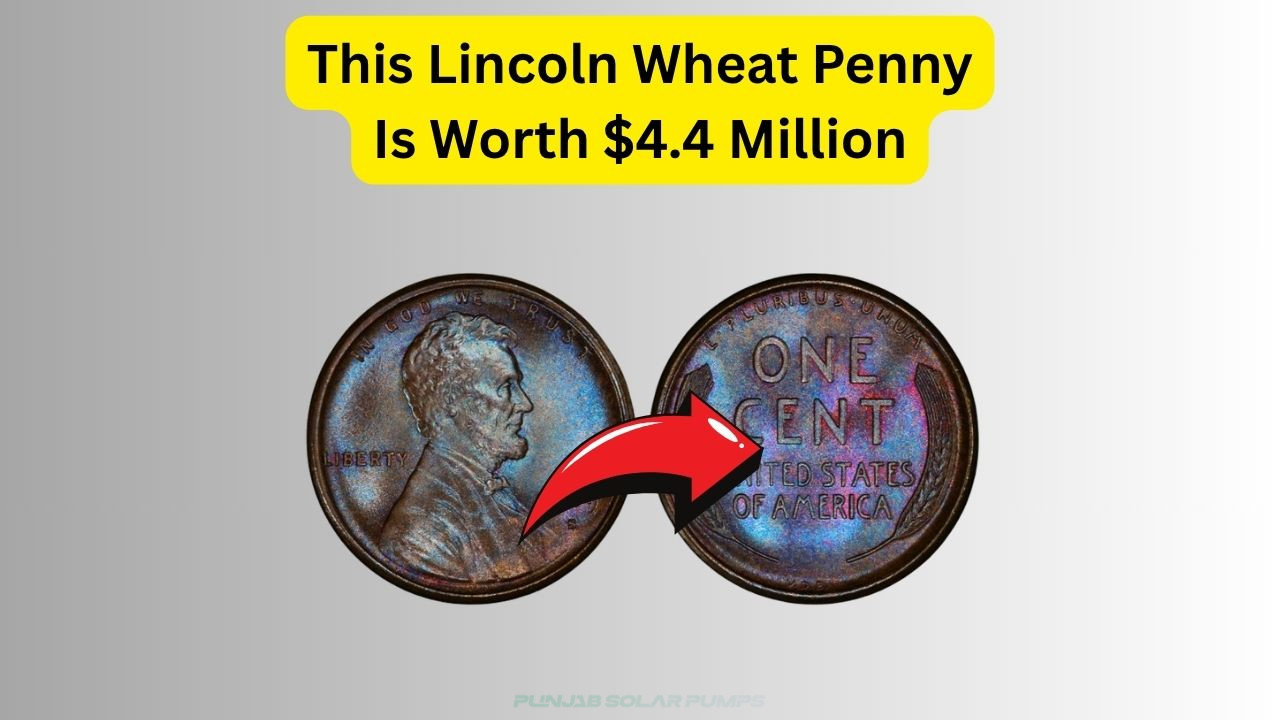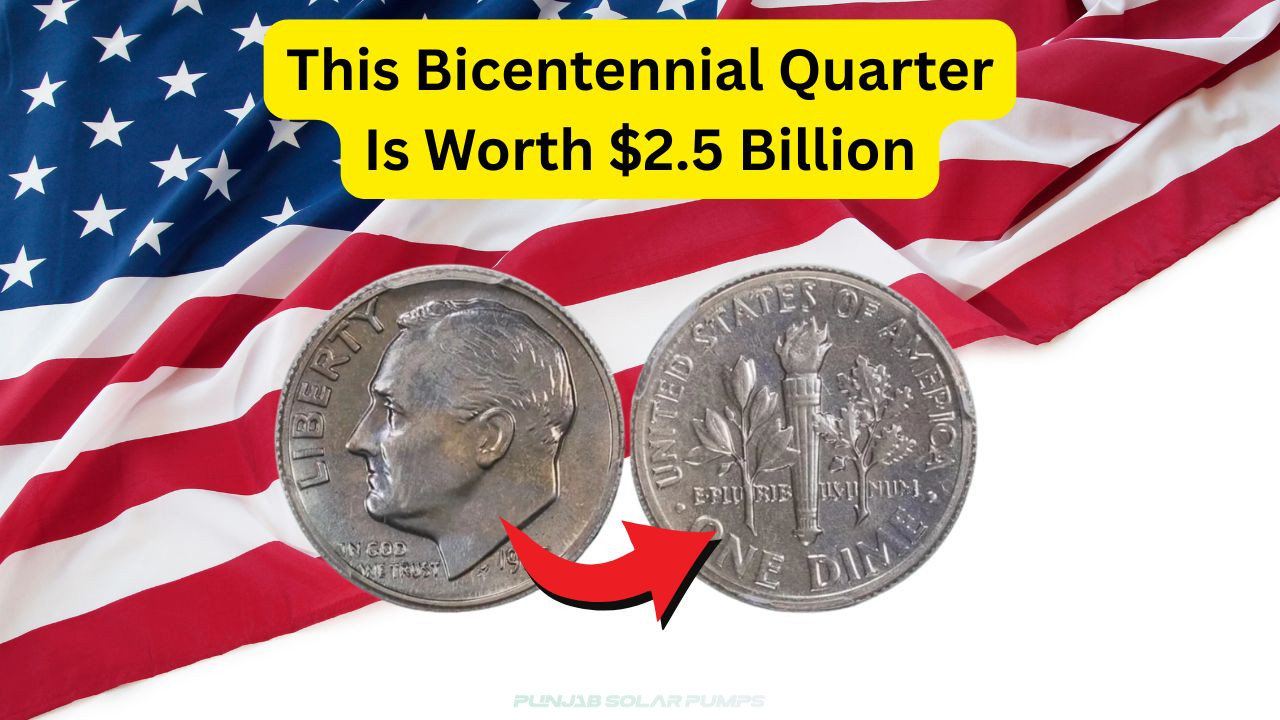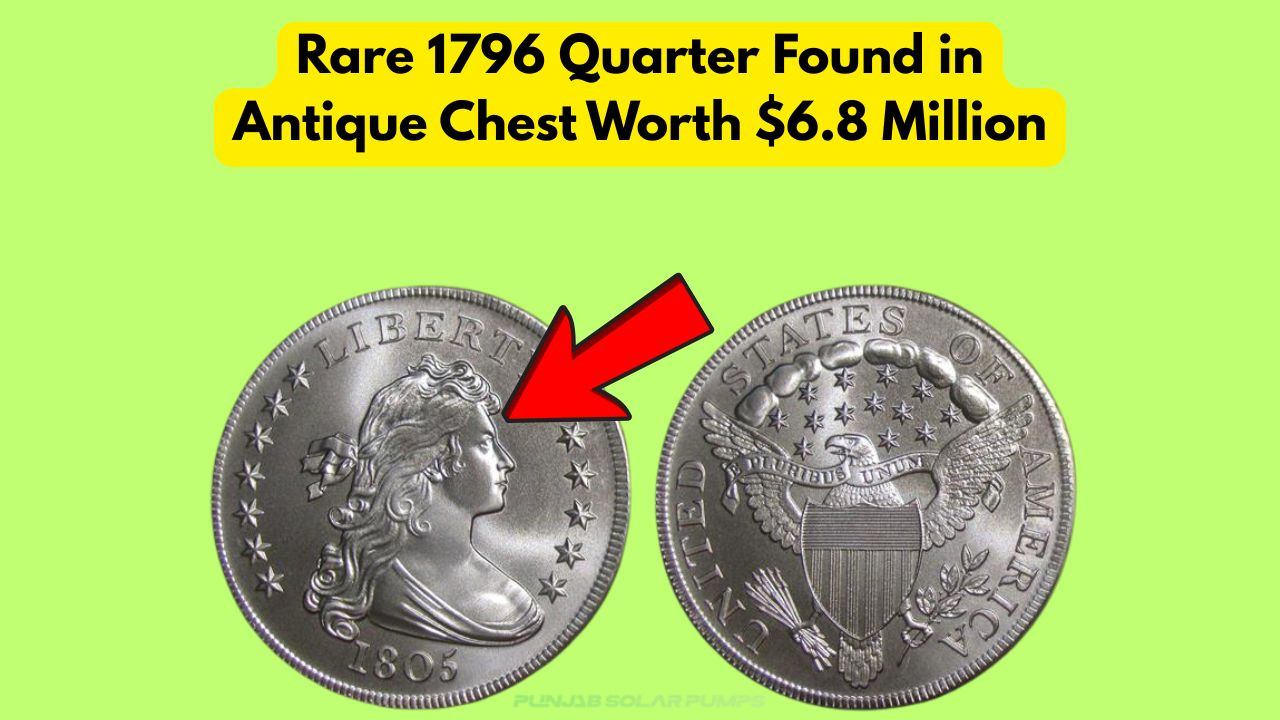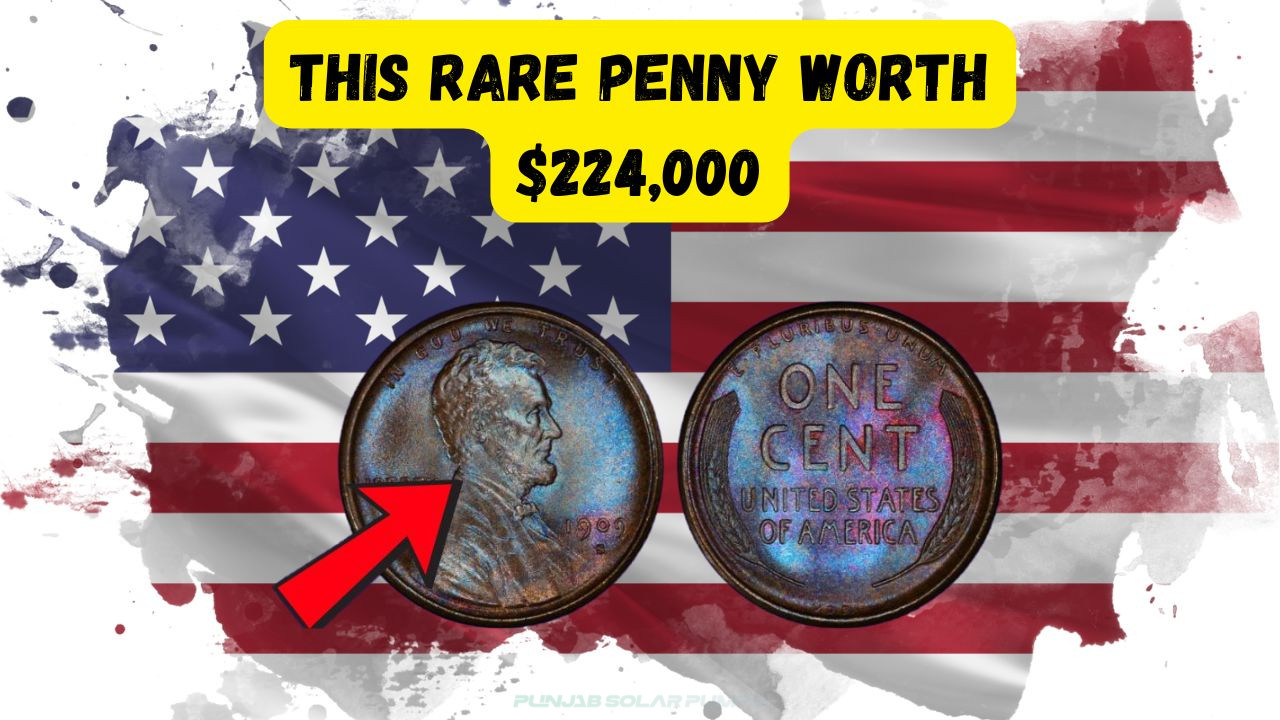Lincoln Wheat Penny Discovery
The Astonishing Tale of the Lincoln Wheat Penny
Lincoln Wheat Penny Discovery: In the world of coin collecting, few stories capture the imagination quite like that of the Lincoln Wheat Penny. Recently, a penny from this iconic series has been discovered still in circulation, astonishingly valued at $22.2 million. This has sent ripples through the numismatic community, igniting a frenzy of interest and speculation. Such a discovery not only highlights the enduring allure of these coins but also underscores the importance of staying vigilant as you sift through your change. The Lincoln Wheat Penny, originally minted from 1909 to 1958, has always been a favorite among collectors due to its historical significance and unique design. The remarkable value attributed to this particular penny is not merely due to its age but also because of its rarity and the specific minting errors that make it one-of-a-kind. Its current market value reflects decades of interest, scarcity, and the mystique that surrounds rare coins.
- Key Facts about the Lincoln Wheat Penny
- The historical significance of its design
- Reasons behind its valuation
- Minting errors that add value
- How collectors assess coins
- Where to find these pennies
- Notable auction sales
Why the Lincoln Wheat Penny is a Collector’s Gem
The Lincoln Wheat Penny is more than just a piece of currency; it is a piece of history. Its introduction in 1909 marked the 100th anniversary of Abraham Lincoln’s birth, making it the first coin to feature a U.S. president. Designed by Victor David Brenner, the penny’s obverse side showcases a profile of Lincoln, while the reverse side features two wheat stalks, symbolizing prosperity. Collectors are drawn to these pennies not only for their design but also for the stories they tell of America’s past. The penny’s allure is further enhanced by the variations and errors that occurred during minting, such as the famous 1943 copper penny and the 1955 doubled die. These factors contribute significantly to the coin’s desirability and value. Collectors often engage in treasure hunts at flea markets, garage sales, and even their spare change jars, hoping to stumble upon one of these rarities that could potentially be worth a fortune.
| Year | Notable Feature |
|---|---|
| 1909 | First minted with V.D.B initials |
| 1914 | Rare Denver minting |
| 1922 | No D mark |
| 1943 | Copper penny error |
| 1955 | Doubled die error |
| 1958 | Last year of production |
| 1974 | Aluminum penny prototype |
| 2010 | Lincoln cent redesign |
The Enigma of the $22.2 Million Penny
What makes a single penny worth $22.2 million? The answer lies in a confluence of rarity, historical significance, and collector demand. This particular Lincoln Wheat Penny is not just any penny; it is a masterpiece of minting anomalies and historical intrigue. The penny’s journey began in a time when copper was scarce, and certain pennies were accidentally minted with copper instead of the intended steel. This mistake created a handful of extremely rare coins that are now highly sought after by collectors worldwide. The $22.2 million valuation is a testament to its unique characteristics, including its pristine condition and the mystery surrounding its origin. Such a coin is more than a currency; it is a tangible link to the past, a relic that has survived the passage of time and the whims of economic change.
- Factors contributing to its value
- Historical context of its minting
- Unique minting errors
- Demand among collectors
- Condition and preservation
- Market trends in numismatics
- Notable past sales
The Role of Coin Auctions in Setting Value
| Coin | Year Sold | Sale Price | Buyer |
|---|---|---|---|
| 1943 Copper Penny | 2019 | $1.7 million | Private Collector |
| 1913 Liberty Head Nickel | 2018 | $4.5 million | Anonymous |
| 1794 Flowing Hair Dollar | 2013 | $10 million | Cardinal Collection |
| 1804 Silver Dollar | 2001 | $4.1 million | Private Collection |
| 1933 Saint-Gaudens Double Eagle | 2002 | $7.6 million | Private Buyer |
| Lincoln Wheat Penny | 2023 | $22.2 million | Undisclosed |
| 2007 $1 Million Canadian Gold Coin | 2010 | $4 million | Private Collection |
How to Identify a Valuable Penny
For those who fancy themselves as treasure hunters, identifying a valuable Lincoln Wheat Penny can be an exciting endeavor. The key is knowing what to look for. Start by examining the date and mint mark, as certain years and locations are more valuable. Pay close attention to any unique features or errors such as doubled dies, missing mint marks, or unusual materials like the 1943 copper penny. The condition of the coin is paramount, with uncirculated or mint condition coins being worth significantly more than those that are worn. Use a magnifying glass to scrutinize details and consult numismatic guides or online databases for reference. Joining a coin club or community can also provide valuable insights and resources. Remember, patience and diligence are your best tools in the quest for discovering a hidden gem.
- Check the date and mint mark
- Look for minting errors
- Assess the condition of the coin
- Use magnification for detail
- Consult reference guides
- Join a collector’s community
The Fascinating World of Coin Collecting
| Type | Era |
|---|---|
| Ancient Coins | Before 476 AD |
| Medieval Coins | 476-1500 AD |
| Modern Coins | 1500-present |
| Commemorative Coins | All Time Periods |
| Errors and Varieties | All Time Periods |
| Tokens and Medals | All Time Periods |
Resources for Aspiring Collectors
For those intrigued by the world of coin collecting, there are numerous resources available to enhance your knowledge and skillset. Start by exploring online databases and forums, which offer a wealth of information on various coins, their histories, and current market values. Books and publications dedicated to numismatics provide in-depth insights into specific coins and collecting strategies. Joining a local coin club can also be invaluable, offering networking opportunities and access to expert knowledge. Many clubs host regular meetings, auctions, and exhibitions where you can learn from seasoned collectors and even find rare coins to add to your collection. Additionally, attending coin shows and expos can provide firsthand experience with a wide array of coins and connect you with dealers and other enthusiasts.
- Online databases and forums
- Numismatic books and publications
- Local coin clubs and societies
- Coin shows and expos
- Networking with experienced collectors
- Auctions and exhibitions
Understanding Coin Grading
| Grade | Description | Value Impact |
|---|---|---|
| Good (G) | Heavily worn | Low |
| Fine (F) | Moderate wear | Moderate |
| Very Fine (VF) | Light wear | Higher |
| Extremely Fine (EF) | Minimal wear | High |
| About Uncirculated (AU) | Near mint | Very High |
| Mint State (MS) | No wear | Maximum |
Preserving Your Coin Collection
Preservation is key to maintaining the value of your coin collection. Proper storage and handling can prevent damage and deterioration over time. Use acid-free holders and albums to protect coins from environmental factors such as humidity and air pollution. Avoid handling coins with bare hands; instead, use cotton gloves to prevent oils and dirt from affecting the surface. Store coins in a cool, dry place, away from direct sunlight, to prevent fading and discoloration. Regularly inspect your collection for signs of damage and clean coins only when absolutely necessary, using appropriate methods and materials to avoid scratching or corrosion. By taking these precautions, you can ensure that your collection remains in excellent condition for years to come, preserving both its beauty and its value.
- Use acid-free holders and albums
- Handle with gloves
- Store in a cool, dry place
- Avoid direct sunlight
- Inspect regularly for damage
- Clean carefully when necessary
FAQs About Lincoln Wheat Penny Discovery
Is the Lincoln Wheat Penny still in circulation?
Yes, while rare, some Lincoln Wheat Pennies can still be found in circulation, especially in older collections or forgotten coin jars.
Why is the 1943 copper penny so valuable?
The 1943 copper penny is valuable because it was mistakenly minted in copper instead of steel, making it extremely rare.
How can I tell if my penny is valuable?
Check for rare mint dates, errors, and the coin’s condition. Consulting a professional numismatist can also provide insights.
What should I do if I find a rare penny?
If you find a rare penny, have it appraised by a reputable coin dealer or grading service to determine its value.
Where can I sell a valuable penny?
Valuable pennies can be sold at coin auctions, through coin dealers, or to private collectors interested in rare coins.
